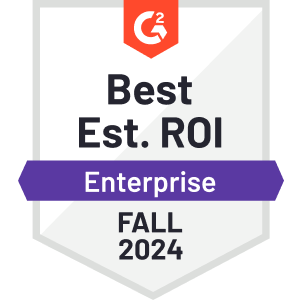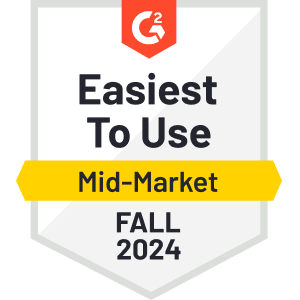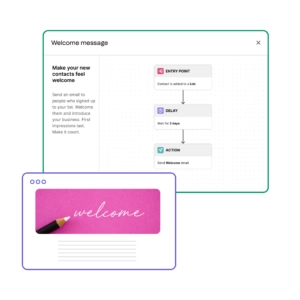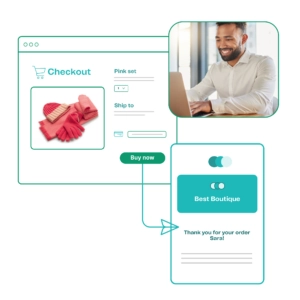Choose Brevo vs Constant Contact to avoid price creep
Brevo gives you more at no extra cost. Get more advanced features for when you’re ready to step up your email marketing. Includes: website tracking, A/B testing, and conditional workflows. Get more, pay less with Brevo.

Awarded for excellence






Brevo vs. Constant Contact: What's the difference?
Both products are easy-to-use email marketing platforms, perfect for beginners. The main difference between Brevo and Constant Contact is that Brevo lets you pick a plan based on the amount of emails you send to your customers.
If you send 300 emails daily…
Brevo takes your email marketing further
Constant Contact vs. Brevo pricing: Pay less as you grow
Brevo only charges based on the amount of emails you send, which can save you serious money.
Brevo vs. Constant Contact: The full comparison
See why Constant Contact users switch to Brevo
More affordable
“As we expanded the number of contacts, Constant Contact pricing became a problem. We are a non profit alumni association. The pricing Brevo offered was our reason for selection. I look forward to creating more campaigns.”
Reliable deliverability
“I had been using Constant Contact for years! Most of the newsletters ended up in spam or promotions tabs for people who actually wanted to receive them. [Brevo] was easy and the info ended up in their inbox!”
Easy to use
“For businesses who don't use a great deal of email marketing, it is ideal and convenient. When comparing the setup and ease of use for both products, plus how well it suits our needs, Brevo was the clear choice.”
Free
Discover Brevo- 300 emails/day
- Customizable email templates
- Drag & drop editor
- Transactional (API, SMTP, Webhooks)
- SMS & WhatsApp campaigns
Starter
Ideal for growing businesses- From 5,000 emails/month
- Basic reporting & analytics
Business
Built for marketing managers and ecommerce pros- From 5,000 emails/month
- Multi-user access (add-on)
- Landing pages
- Phone support
Enterprise
Tailored solutions to fit your needsCustom price
- Unlimited contacts
- Advanced integrations
- Tailored onboarding


